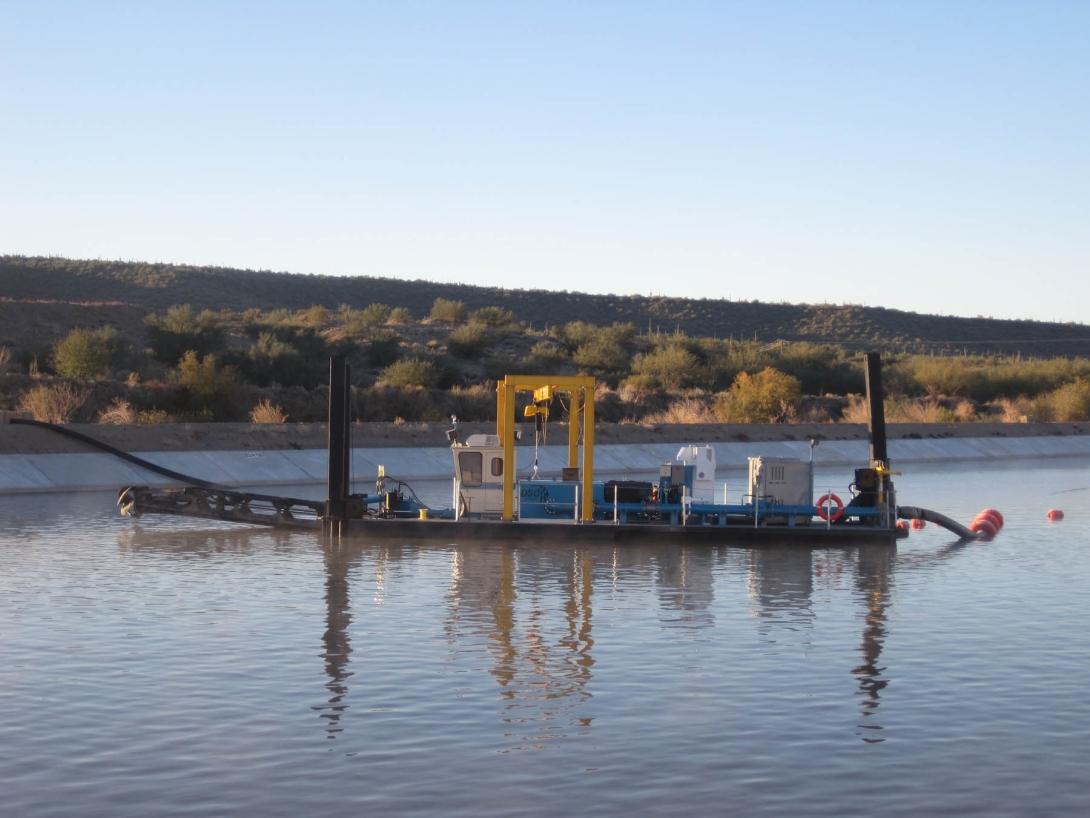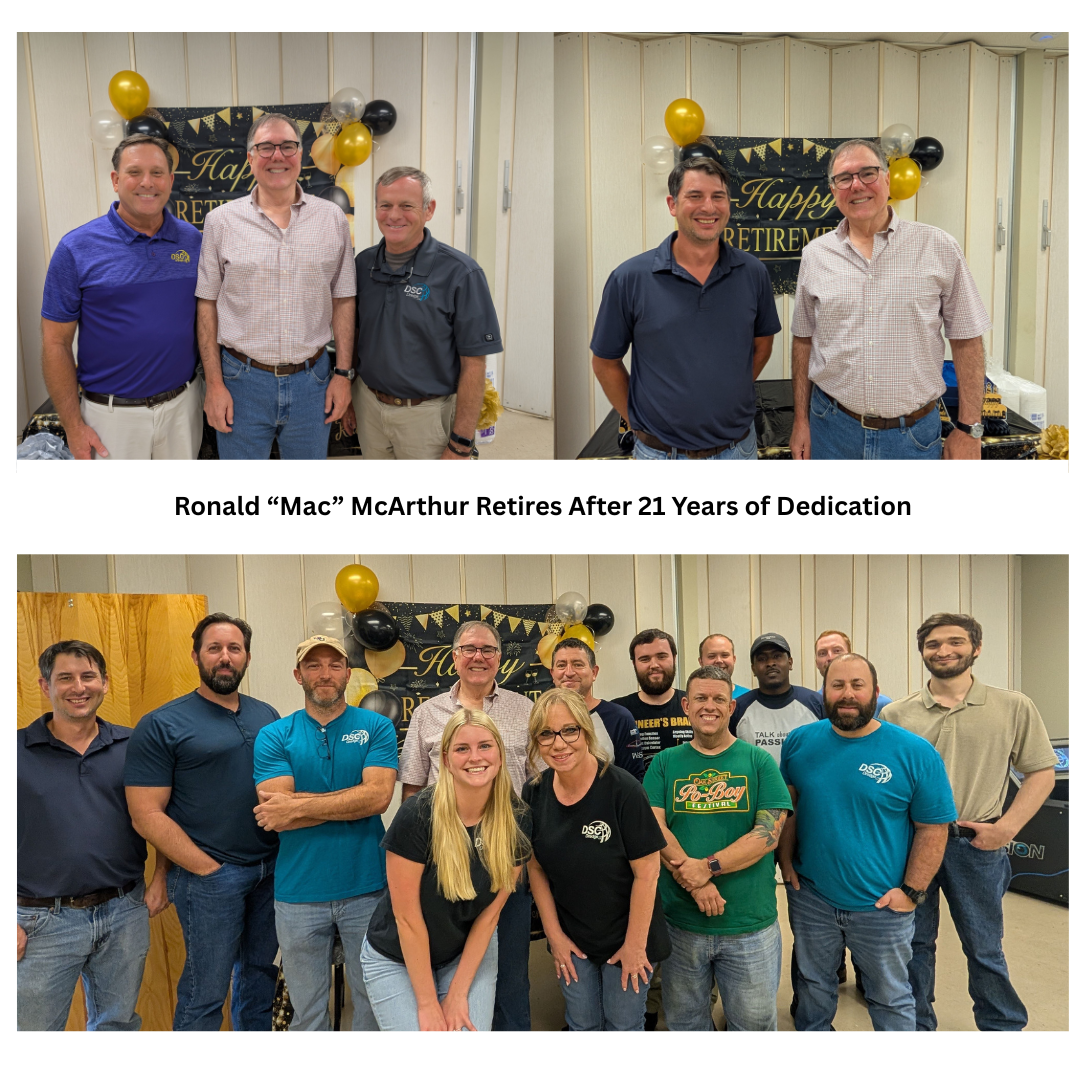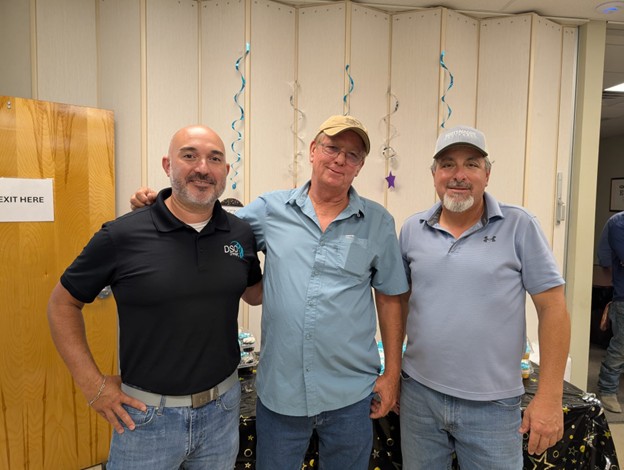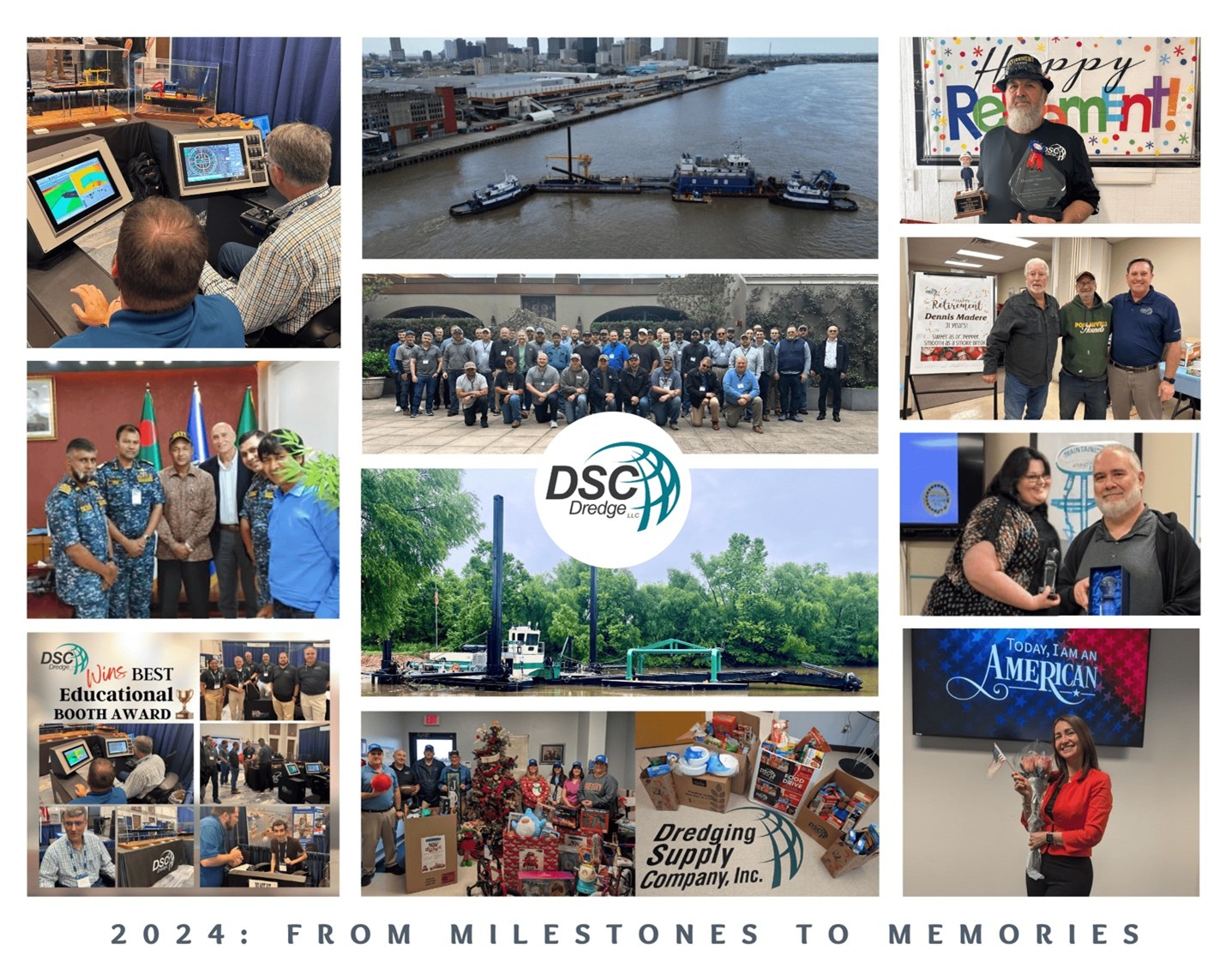Dredging impacts our lives. Dredging is an excavation activity usually carried out underwater and out of sight. It nearly always involves gathering sediments from the bottom of a pond, lake, river or harbor and then disposing of these materials at a different site. While not particularly glamorous, dredging affects our everyday lives in ways we may not even realize. Dredges are used in a variety of applications that include marine construction, environmental remediation, aiding navigation, mining, aggregate processing, recreational improvement, beach and land restoration and even by municipalities.
When you cross over a major river on your way to a job site, consider how that bridge support stays stable and firmly in place.
When you are enjoying the beauty of your favorite recreational lake, consider how it would be if that lake were to become “dead” from too much organic material smothering the wildlife.
Consider the freighters transporting valuable cargo through canals not being able to reach their destination because the canal is too shallow to get through.
Imagine the environmental impact of a local aggregate or precious metal mine leaving the tailings piled up and forgotten.
Dredges are designed and manufactured for a variety of purposes which take them all over the world – from Russia to dredge a nickel mine, to Columbia to help a marine contractor, to Nigeria to keep the flood plains at bay, to the northern parts of Canada to dredge the tar sands and nationally to keep the Great Lakes clear for shipping and waterways clear for irrigation and recreation.
Common Dredge Applications
Dredging applications can be broken down into segmented areas, but they frequently expand during the job to encompass a variety of applications. For example, a contractor may start a project with the intent to build a channel. Later, the company may discover large deposits of muck which will need to be removed before becoming an environmental hazard. In the process, a contractor may discover that this body of water has a large sand deposit that can be dredged and sold to aggregate producers.
The following is a brief introduction into the many uses of dredges today:
Marine Construction – Marine contractors use dredges to help in the construction of piers, bridges and channels, and they are also used in the pile driving process. Frequently, marine construction can run into environmental remediation, navigational, recreational and restoration projects based on the experience of the individual contractor.
Environmental Remediation – Cleaning contaminated sediments can be done through the dredging process which involves either removing the contaminated sediment or capping it by placing sand and gravel over the contaminant so that it will not be released into the water. Most environmental projects in the United States are led by the Environmental Protection Agency. One such project was the Onondaga Lake Superfund Site in New York, which used dredging technology to dramatically decrease the sewage waste and industrial pollution from the lake bottom sediments. Another project is the Fox River in Wisconsin where dredges are used to remove materials and to cap them to reduce the presence of harmful chemicals in the river’s sediment.
Mining – Mining materials such as precious metals, coal, phosphates and minerals can be efficiently accomplished through dredging. A dredge is used in a mining application by digging into the bottom of a body of water and pumping this material to a processor on land to sort out the commodity. In some cases, this involves a dredge coming to a site after it has been mined through other means and removing the tailings that were left from the original operation.
Aggregate Processing – Sand and gravel that is underwater can be harvested by a dredge, extending the useful life of the aggregate operation. The dredge is used to dig into the bank of materials underwater and then pump the aggregate slurry to a processor on land. The sorted material is then used for road construction or other projects.
Navigation – Channels and waterways fight an ongoing battle against soil erosion and sediment build-up which causes them to lose their depth. Navigational dredging is most commonly used in ports, harbors and shipping channels as a way to maintain these waterways so that large ships, oil tankers, container ships, barges and naval vessels can pass. Maintenance dredging is required periodically to remove sediment and is a necessity for almost every navigable waterway and port.
Recreational Improvement – Dredges can be used to maintain, expand and deepen lakes that have progressively become shallow from deposits and overgrown vegetation. Thousands of businesses generate large revenue every year from recreational lakes. If these waters are too low from drought or have sediment buildup, they can be brought back to a usable depth through dredging. Dredges can also be used in recreational lakes for removing harmful chemicals which can attach to the sediment when it runs into the water. They can even be used to remove dead organic materials such as tree limbs which can smother and kill other lake inhabitants.
Beach And Land Restoration – Beaches and lakes suffer from the impact of waves which over time cause the sand and dirt to move farther into the water and lose the beach areas. Dredging uses its ability to move materials like sand from one place to another to restore these beaches and lake fronts. Dredges can also be used for constructing islands and new land areas in harbors.
Municipalities – Municipalities near water benefit from dredging as well. Most common uses of dredges by municipalities are for maintaining reservoirs, harbors and irrigation channels critical to municipal use. A less common application is for alternative forms of power generation which involves the dredge removing sediment from the bottoms of channels that feed power generators, maintaining the necessary flows for efficient operation.
Loup Power District Upgrades To DSC Dustpan Dredge
The Loup Power District provides electricity for about 19,000 residential and commercial customers in a four-county area in central Nebraska by using two hydroelectric plants powered by water from the Loup River.
A diversion wall in the river redirects a portion of the water into a 35-mile canal system that carries it to the hydroelectric plants and reservoirs before returning it to the Platt River just beyond where it merges with the Loup River.
“Dredging is a very important part of the operation. If we don’t keep those two miles of channel open and get water into the canal like we’re supposed to, we lose all of the generation at our two hydroelectric plants,” says Kendall Christensen, operations manager for the Loup Power District.
The Loup Power District recently acquired a new, all-electric DSC dustpan dredge that offers major upgrades and improvements to the operation.
The PLC-based control system (programmable logic controller) allows for simple, user-friendly computer-directed operation.
The system records and displays operating hours for all of the major equipment on the dredge – pump, cutter, swing/positioning winches and ladder winch – which helps to track usage and schedule maintenance.
The 3,000-horsepower pump motor with a variable frequency drive allows the operators to easily adjust dredge pump speed to accommodate material conditions and required feed rates.
It didn’t take long for the employees of the Loup Power District to see the advantages of the new computer-driven dredge, and they promptly started learning its proper operation with help from the experts on-site from DSC Dredge.
58 Years Of Dredging With DSC Dredge
Dredging started for this family-run company based in Reserve, Louisiana in 1955 when founder Tommy Wetta worked as a deck hand during the summer to make extra money. Tommy worked his way from deck hand to engineer and eventually started his own dredge manufacturing company. Fast forward to present day when Tommy’s boys Bob and Bill are leading the DSC team as industry leaders in customized dredges.
DSC specializes in customized dredge manufacturing. “If you are looking for a dredge to work on a project next month, you might be talking to the wrong company. If you want a dredge that is made specifically for your project which might include extreme dredging depths, deeper hulls or increased excavation power, we can make that happen. Every dredge has its own story, and we work with our customers to discover that story,” comments Bob Wetta, President of DSC Dredge, LLC.
Unlike many dredges on the market, DSC dredges can be highly automated to fit the application and are designed so that they can be operated by one person, although DSC does recommend more than one person on board for safety reasons DSC involves its customers in the entire process of purchasing, delivering and maintaining their dredges. When a potential customer first comes to DSC for a quote on a dredge, DSC will begin the process by gathering significant information about the project. This may include the materials being dredged, length of flow run, depths, discharge point elevation, engine and pump preference and other data relevant to the specific application. Only then will the company recommend a dredge to fit those specific needs and walk the customer through their options.
The custom dredge manufacturing process can exceed a year. During this time, DSC works closely with its customers at every step, even inviting them to visit throughout the process and while they perform testing prior to completion. Once the dredge is built, the relationship has only just begun. The dredge is then shipped to its destination, usually assembled by DSC and placed in service only after running it through intensive testing. Then the operator training starts to make certain that the customer’s operation staff completely understands the process and the operational details that make for the most efficient dredge operation in that particular application.
Customized dredge application expertise, automation, training, service and support are the hallmarks of DSC Dredge, and its sterling reputation for superior customer service before, during and after the sale has been earned over many years in the market.


